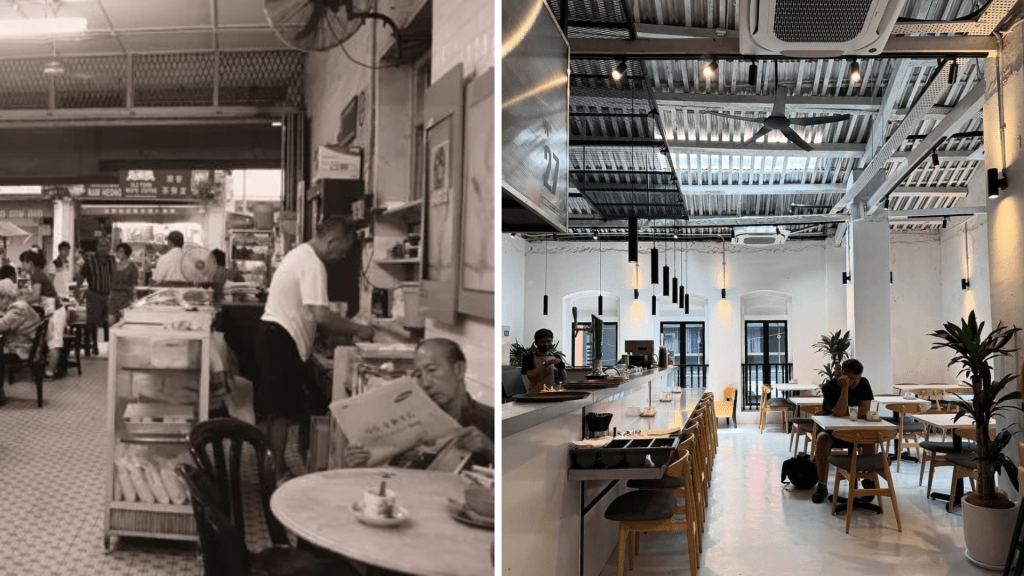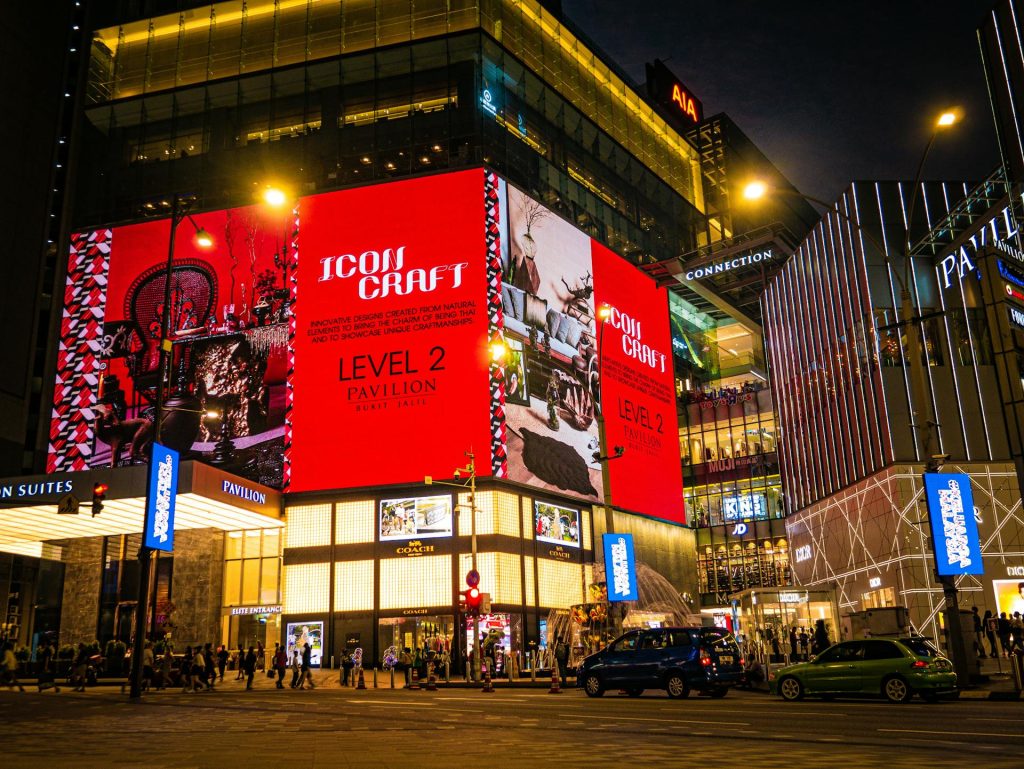Kuala Lumpur Then and Now – How KL City Centre Transformed into a World-Class Destination
Kuala Lumpur then and now is a remarkable tale of transformation. From its early days as a muddy tin mining town in the 1850s to the present-day bustling city centre surrounded by skyscrapers, shopping malls, and fine dining restaurants, KL has transformed itself into one of Asia’s most dynamic destinations. The Kuala Lumpur City Centre (KLCC) is the pulsating heart of the capital today, attracting millions of visitors annually — but beneath the shining spires lies a past that continues to determine the character of the city.
Kuala Lumpur in the Past
Kuala Lumpur’s origins trace back to when Chinese miners arrived to work the tin mines near the confluence of the Klang and Gombak rivers. Wooden shophouses, markets, and temples slowly formed the town’s core, giving rise to a multicultural community that defined the city.
By the late 1800s, British colonial rule left its architectural imprint. The Sultan Abdul Samad Building, with its Moorish designs, still stands as a remnant of that era in Merdeka Square. Kuala Lumpur wasn’t glamorous in those early years, it was muddy, chaotic, and buzzing with the hum of trade and immigration. Chinatown, particularly Petaling Street, was filled with traders peddling cloth, herbal remedies, and street food, setting the stage for KL’s reputation as a city of commerce and culture.
KL City Centre Today
Flash forward to the present day, and Kuala Lumpur is a world city. Standing above its skyline are the Petronas Twin Towers, the symbol of Malaysia’s new aspirations. At their base, Suria KLCC greets luxury shoppers from the globe, and the KLCC Park is a green gem in the midst of the concrete jungle.
The surroundings of it, Bukit Bintang, Pavilion Kuala Lumpur, and The Exchange TRX, capture the city as a retail and entertainment destination. Foreign hotels, rooftop bars, and convention centres make the city centre the place for tourists and business tourists too where convenience and style will be at their best.
Shopping Then and Now
Shopping has always been the heart of Kuala Lumpur. Locals would stroll through crowded bazaars, negotiating over spices, cloths, and daily essentials. Older markets like Central Market were not just where they shopped but also gathering places.
Shopping in Kuala Lumpur these days has changed its shape. Trendy malls such as Pavilion Kuala Lumpur and Suria KLCC boast international brands, whereas Petaling Street still exists as the bargain hunter’s paradise. Time-honored shopping culture collides with high-street retail therapy in a city that has something for everyone, a handwoven batik or a fresh designer handbag.

Image via SAYS

Image via The Edge Malaysia
Dining and Café Culture
Food occupies the most important place in Kuala Lumpur’s makeover. Some decades ago, dining was about hawker centers and kopitiams serving nasi lemak, char kuey teow, and roti canai on plain plastic tables. People would sit there not just to eat but to interact.
Today, Kuala Lumpur boasts a vibrant food scene for every palate. In the KLCC area, Michelin-starred eateries and international fine dining establishments rub shoulders with iconic street food stalls. At night, Jalan Alor continues to draw foodies who are eager to taste the city’s heritage on a plate.
Café culture has also exploded in the last few years. What used to be modest kopitiams have become cool, Instagram-worthy cafés in neighborhoods such as Bukit Bintang, Bangsar, and Mont Kiara. These hip joints have artisan coffee and fusion food snacks, but the attraction of the original kopi and kaya toast breakfast remains strong in KL food culture.

Image via TheSmartLocal Malaysia
Heritage That Remains
While the skyscrapers rise, Kuala Lumpur never lost sight of its roots. Masjid Jamek, one of the oldest mosques in the city as well, continues on the very spot where Kuala Lumpur initially began. Central Market has been repurposed as a center for crafts culture, and Petaling Street keeps the essence of the original Chinatown.
Cutting through these heritage sites, tourists get to see Kuala Lumpur then and now side by side, a city that still has respect for the past but opens its doors to modernity.

Image via Arkib Negara

Image via SAYS
Tourist Experiences Then vs Now
The tourist culture of Kuala Lumpur has also been totally revamped. The city was previously traversed in rickshaws by tourists, shopped in open bazaars, and dined at simple stalls. Today, tourists ride the KL Monorail, tour interactive centers like Aquaria KLCC, or look out onto panoramic vistas from the KL Tower Skydeck.
Eating has also gone sky-high, literally. Rooftop restaurants and bars now offer not only gourmet food but also views of the glimmering skyline, so eating itself becomes an experience to cherish. But even as tourism becomes more upscale, KL is still able to offer authentic cultural experiences in the guise of street food, heritage walks, and traditional festivals.

Why KLCC is a Must-Visit Today
KLCC embodies the essence of Kuala Lumpur’s evolution. It is where tradition and ambition converge, where heritage and modernity interweave, and where visitors can witness Malaysia’s diversity under one roof. Whether to shop, dine, discover heritage, or experience nightlife, there is something for everyone in the city centre.
Kuala Lumpur then and now is not so much a history of change, it is a credit to resilience, identity, and progress. For visitors new and old alike, KLCC remains the heart of the city and an emblem of Malaysia’s journey towards world-class destination.
Plan Your Kuala Lumpur Journey
At Kuala Lumpur Tours, we design experiences that enable you to discover the city by its heritage and history. From KL City Tours to Cultural & Heritage Tours and Shopping Tours, our curated journeys reveal both Kuala Lumpur’s old world charm and new world wonders.

